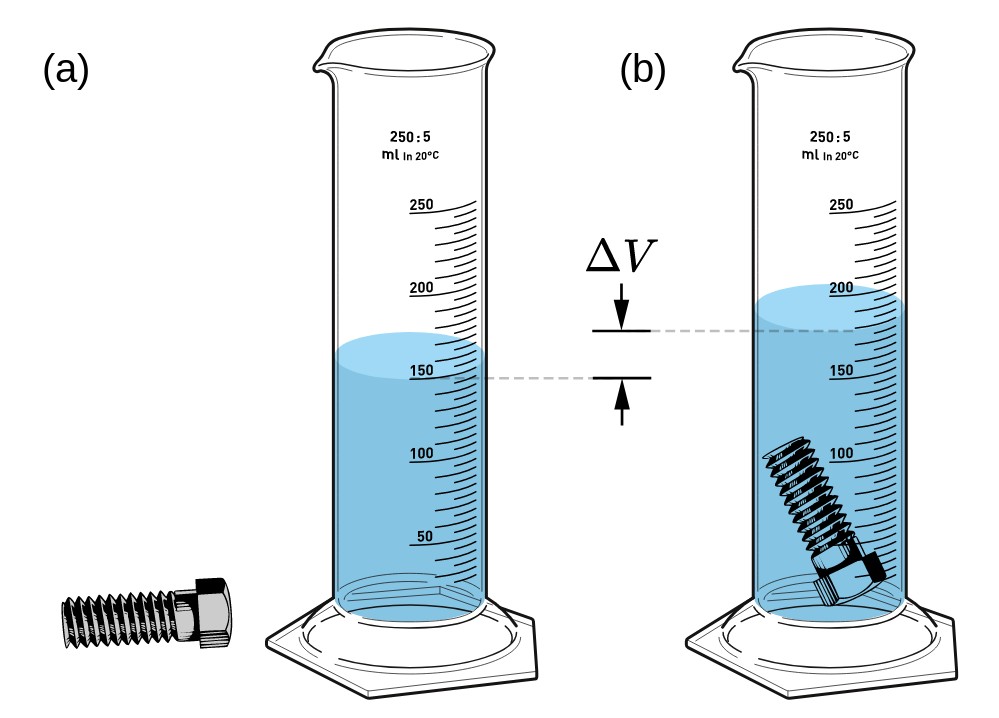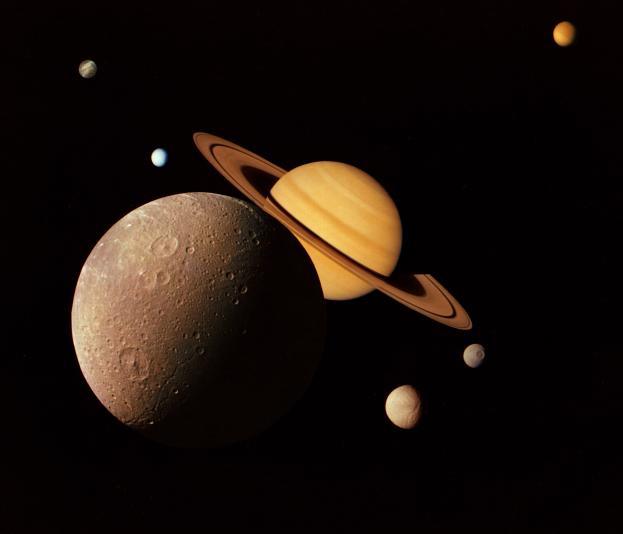Measuring the volume of a regular-shaped (cube object) is easy. All you have to do is multiply the length times the height times the width. But how do you measure the volume of an irregularly shaped object? How do you determine the volume of a rock, a toy, or a crown?
The solution to this problem was first discovered by a man in Ancient Greece named Archimedes. The king of Syracuse had asked Archimedes to determine whether his crown was made of solid gold or if it was a fake. Archimedes couldn’t just measure the length, height, and width of the crown because it wasn’t a regular shape. So he came up with a clever solution.
He realized that he could fill a container with water and then submerge the crown in the water. The amount of water that would spill over the edge of the container would be equal to the volume of the crown. And so, the Archimedes Principle was born!
This same principle can be used to determine the volume of any irregularly shaped object. Just fill a container with water and submerge the object. The amount of water that spills over the edge is equal to the volume of the object.
So, if you ever need to determine the volume of an irregularly shaped object, just remember the Archimedes Principle! History tells us that Archimedes used a bathtub for his experiment. However today it is more common to use a graduated cylinder.
A graduated cylinder is a container that is marked with lines indicating different volumes. To use a graduated cylinder, simply fill it with water and submerge the object. Note the line on the graduated cylinder that is even with the water’s surface before you add the object and then again after you add the object. The volume of the object is equal to the amount that the water increases.






